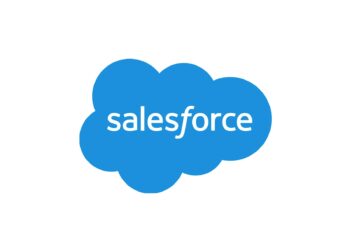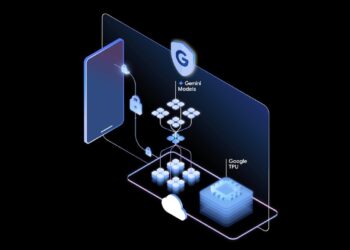Middle East and North Africa (MENA) IT spending is expected to reach $160 billion in 2019, a 1.8 percent increase from 2018, according to the latest forecast by Gartner, Inc. Consumer spending in MENA has reached a tipping point.
Speaking with John Lovelock “In 2019, businesses in MENA are set to increase their IT spending in all segments except for the devices segment, distinguished research vice president at Gartner. The achievement of a 1.8 percent growth rate this year is placing MENA 7th out of the 11 regions tracked by Gartner in 2019.
Consumers are on pace to spend $532 million on upgrading or replacing their mobile phones in 2019, and expect to spend $63.7 billion on mobile services in 2019, up $1 billion from 2018. In the enterprise sector, organizations in MENA are increasing their IT spending on software, which continues to be the fastest growing sector in 2019.
Nevertheless, despite the rapid growth of software as a service in the region (25.8 percent in 2019), the region is below the global average for the percentage of total cloud spending. “The MENA region is not expected to reach the level of cloud usage that the United States had in 2017 until the end of 2022,” said Mr. Lovelock.
Enterprise Software to Achieve Double-Digit Growth in 2019
Software and IT services are projected to exhibit the strongest growth in 2019, with an 11.5 and 7.5 percent increase year over year respectively (see Table 1). “Most organizations in the MENA region are paying off years of technology deficits, and implementing software systems that standardize and automate existing business processes,” said Mr. Lovelock. “Only a few leading local organizations are overcoming technology hurdles, and moving more quickly toward artificial intelligence and digital business systems, and participation in digital business ecosystems.”
Table 1. (Middle East & North Africa) MENA IT Spending Estimates (Billions of U.S. Dollars)
| 2018 Spending | 2018 Growth (%) | 2019 Spending | 2019 Growth (%) | 2020 Spending | 2020 Growth (%) | ||
| Data Center Systems | 4,893 | 6.0 | 4,995 | 2.1 | 4,874 | -2.4 | |
| Enterprise Software | 5,864 | 7.3 | 6,538 | 11.5 | 7,266 | 11.1 | |
| Devices | 27,493 | -3.6 | 26,881 | -2.2 | 27,114 | 0.9 | |
| IT Services | 11,045 | 4.5 | 11,871 | 7.5 | 12,783 | 7.7 | |
| Communications Services | 108,099 | 1.2 | 109,992 | 1.8 | 111,333 | 1.2 | |
| Overall IT | 157,395 | 0.9 | 160,277 | 1.8 | 163,369 | 1.9 |
Source: Gartner (March 2019)
The communications services segment, the largest spending segment in MENA and the fourth fastest growing segment in the world, is set to increase 1.8 per cent year over year.
Organizations in MENA plan to reduce spending on their fixed line. However, the expected decline in the fixed line market (-1.8 percent in 2019) will not lead the communications services market to a decline.
The devices market is projected to exhibit a decline of 2.2 percent in 2019. “While coverage continues to expand throughout the region, sales of mobile phones, particularly among consumers have stalled or declined in some countries. In addition, it is worth noting that the stabilization of the mobile phone installed base for consumers and businesses has not yet led to a price war among local providers,” said Mr. Lovelock.
Banking and Securities Industry Spending Set to Grow 5 Percent in 2019
In MENA, The banking and securities industry is projected to total $13.2 billion in 2019, the largest IT spending among 11 industries. It will also exhibit the fastest growth rate at 5 percent year over year. “Banks in MENA must keep investing in IT in order to participate in the international banking system. At the same time, IT security has always been on the radar and has now become the No. 1 priority for senior banking executives,” said Miriam Burt, managing research vice president at Gartner.
In MENA, The transportation, education and wholesale trade sectors are on pace to achieve growth of 1.0 percent, 2.4 percent and 2.8 percent this year respectively, and are set to be the three industries achieving the weakest IT spending growth rates in 2019.
Gartner’s IT spending forecast methodology relies heavily on rigorous analysis of sales by thousands of vendors across the entire range of IT products and services. Gartner uses primary research techniques, complemented by secondary research sources, to build a comprehensive database of market size data on which to base its forecast.























